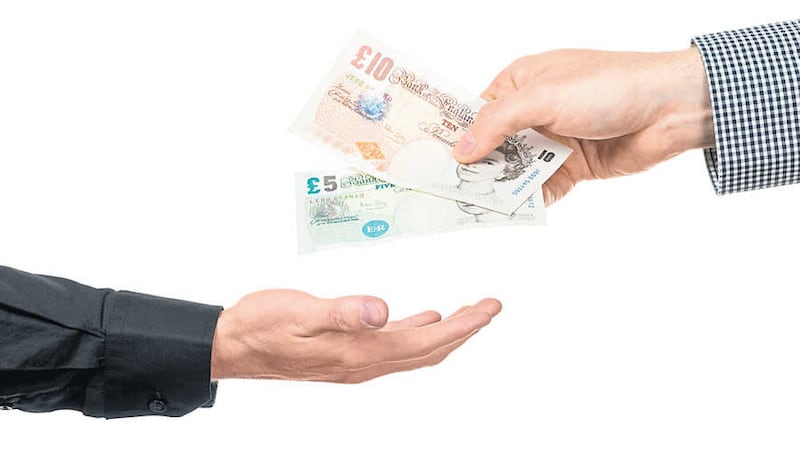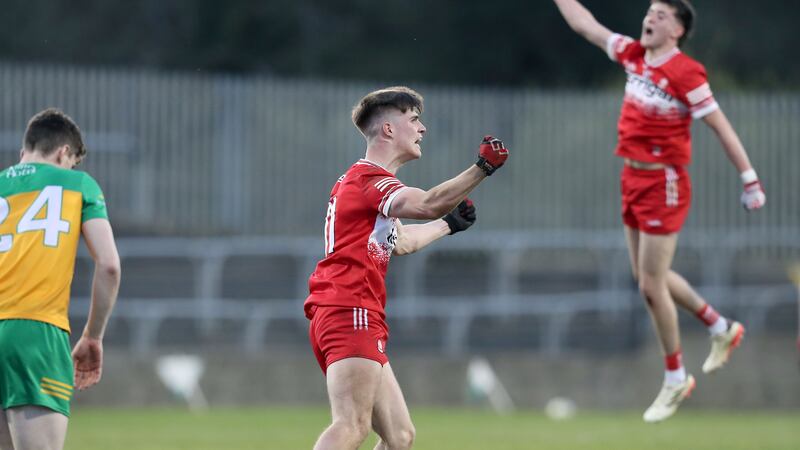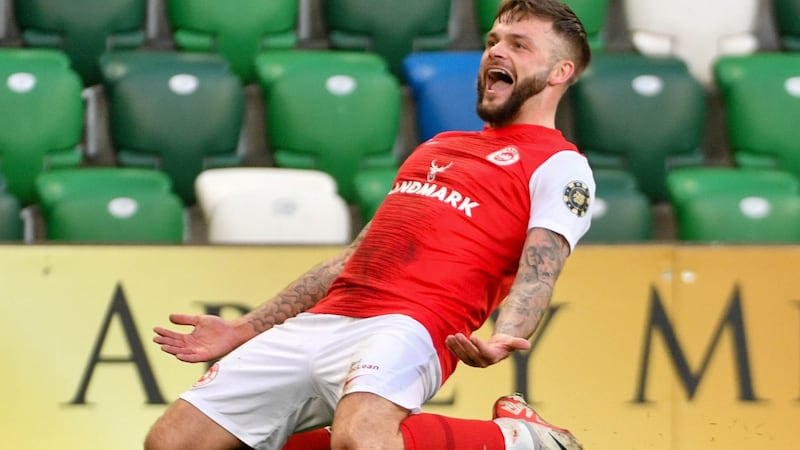AN INCIDENT I witnessed at a GAA event a few months ago reminded me of a practice I had heard about but never witnessed. It was a fundraiser.
Before the function got underway, an official stood at a lectern and read out the names of a list of patrons who had donated money to the cause. Starting with the people who gave the lowest sums, the man solemnly made his way through the long list of benefactors until he eventually reached the really big spenders.
These were the individuals who had dug deepest of all. Not surprisingly, there was a little bit of additional ceremony before their identities were revealed. When the amount they had contributed was announced, the crowd purred with admiration. An unprompted round of applause quickly followed.
Standing in the margins, I didn’t share the sense of collective rejoicing. I felt more like Martin Luther. One of the reasons the German monk split the Catholic Church was because he objected to the sale of indulgences. This was the practice where the medieval Church pardoned rich people of certain sins, but only if they coughed up a certain amount of cash. But as a fundraiser, even Martin Luther would have to accept the sale of indulgences was an absolutely brilliant idea. It certainly beats Strictly Come Dancing.
By bestowing privileges and status on wealthy people, the Church provided a template which has proved to be extremely useful to the GAA. With regard to social standing, the GAA has replaced the Catholic Church. The scene I witnessed at that fundraiser was the practice I had heard about.
Most readers will remember the days when the priest read out the parishioners’ weekly contributions. A man’s standing in the community had a direct correlation with the amount of money that was put in the envelope. Nowadays, the GAA is the vehicle used to elevate social status. Like the Church, there is virtue by association and there is virtue by donation.
At club and county level, kudos can be attained by being seen to sponsor teams and events. This being the land of the ‘nod and wink’, the greatest prestige of all is reserved for the ‘anonymous’ benefactor – who everyone knows.
So far, many readers will struggle to see a problem. Businessmen and companies are clambering over themselves to invest money in the GAA. What harm can it do? Without sounding like a scaremonger, it has the potential to cause serious long-term complications. As ever, the danger lies with the copy-cat culture of the GAA.
Here’s the basic problem. Most of the top clubs are replicating the training habits employed at inter-county level. That means a paid manager, a strength and conditioning coach, a medical team and a long list of other services. The costs are astronomical. But the top clubs can shoulder the burden of these overheads. Due to success, tradition, or both, big clubs often have at least one mega-wealthy businessman who bankrolls the entire enterprise.
The difficulties arise when other clubs try to keep up with their heavily subsidised neighbours. Although bereft of the financial backing of their rivals, these clubs also recruit a manager and a strength and conditioning coach and all the other mod cons. The costs are huge and that’s why most GAA clubs are up to their necks in debt.
The long-term problems for the GAA stem from the way in which clubs are now servicing that debt. In short, they are continually asking for money. Despite the fact many members make a monthly contribution via direct debit, and buy a weekly lotto ticket, and pay into games, it’s still not enough.
The costs of running a club are crazy. Rather than living within their means, clubs have lost themselves in the rat race. Eager to remain competitive, they yield to the whim of every manager. If the manager thinks the players will benefit from going to a cryotherapy chamber, the club foots the bill. And it keeps going.
In a bid to cover their multiple costs, clubs are forced to run a constant schedule of fundraising activities. Look at any club’s website and it’s usually just a billboard for fundraisers. Bike Rides. Big Breakfasts. Strictly Come Dancing. The weekly lotto results.
The danger for the GAA lies with the club members who are tasked with the job of raising this money and the members who are asked to supply it. It’s unsustainable. And the same people and companies are being targeted all the time. At present, the GAA is in a very privileged position.
Most paid-up members feel obliged to support their clubs. It’s like how it used to be with the Catholic Church. There is a pressure. Even for those people who don’t want to part with the cash, there is a sense that they have to do it. Otherwise they will be talked about.
It might sound like a win-win situation, but caution needs to be exercised. At some stage, there is going to be a breaking point. Clubs need to examine the sustainability of their spending habits. Spiralling and unnecessary costs and an over-dependence on fundraising is not a very sound business model.
The GAA is not a charity. There’s a difference between self-sufficiency and begging. In many GAA clubs, that line has become blurred. There are only so many times you can push a cap under someone’s nose.
And if clubs don’t stop behaving like charities, they are in grave danger of losing the charity of the people who are keeping them solvent.








